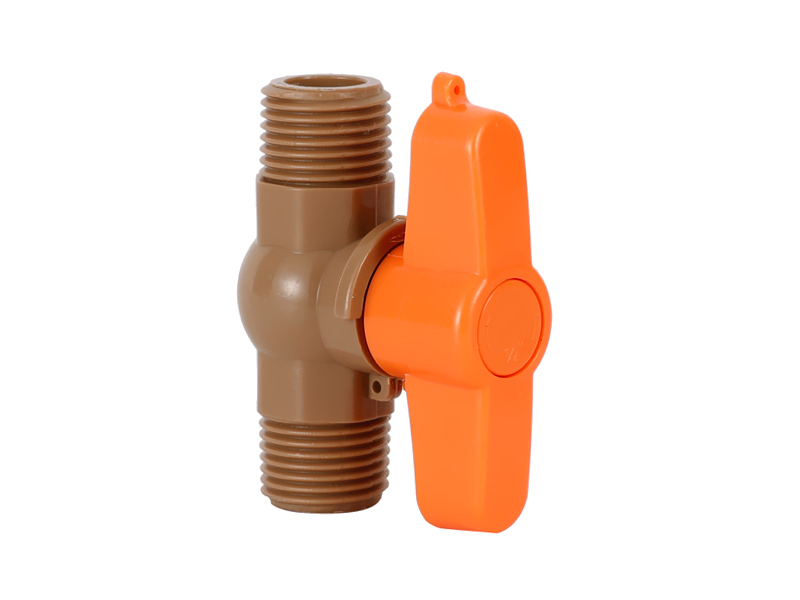How does the male ball valve design enable smooth and effortless on/off operation?
The male ball valve design is a key characteristic...
MORE >>















The valve is a control component in the fluid conveying […]
The valve is a control component in the fluid conveying system. It has the functions of intercepting, regulating, diverting, preventing backflow, stabilizing, diverting or overflowing and relieving pressure.
There are many types of valves, which can be divided into:
1. Cut-off valve: mainly used to cut off or connect the medium flow. Including gate valves, globe valves, diaphragm valves, plug valves, ball valves, butterfly valves, etc.
2. Regulating valves: mainly used to adjust the flow and pressure of the medium. Including regulating valve, throttle valve, pressure reducing valve, etc.
3. Check valve: used to prevent the medium from flowing back. Includes check Plastic Valve of various structures.
4. Shunt valves: used to distribute, separate or mix media. Including various structures of distribution valves and traps, etc.
5. Safety valves: used for overpressure safety protection. Including various types of safety valves.
Body material:
1. Valves of non-metallic materials such as ceramic valves, FRP valves, plastic valves, such as PVC and ASB materials.
2. Metal material valves such as copper alloy valves, aluminum alloy valves, lead alloy valves, titanium alloy valves, iron valves, carbon steel valves, low alloy steel valves, high alloy steel valves, cast steel valves. Cast steel and above valves are often used in areas with high frost resistance.
3. Metal valve body lining valves such as lead-lined valves, plastic-lined valves, enamel-lined valves, and PTFE-lined valves. Commonly used in corrosive sewage engineering.

The male ball valve design is a key characteristic...
MORE >>
In today's modern world, efficient and reliable wa...
MORE >>
Copyright ©All rights reserved:Zhejiang Xier Plastic Valve Lead Co.,LTD. PVC Ball Valves Manufacturers Technical support: HWAQ  浙公网安备 33060402001174号
浙公网安备 33060402001174号

 English
English España
España عربي
عربي